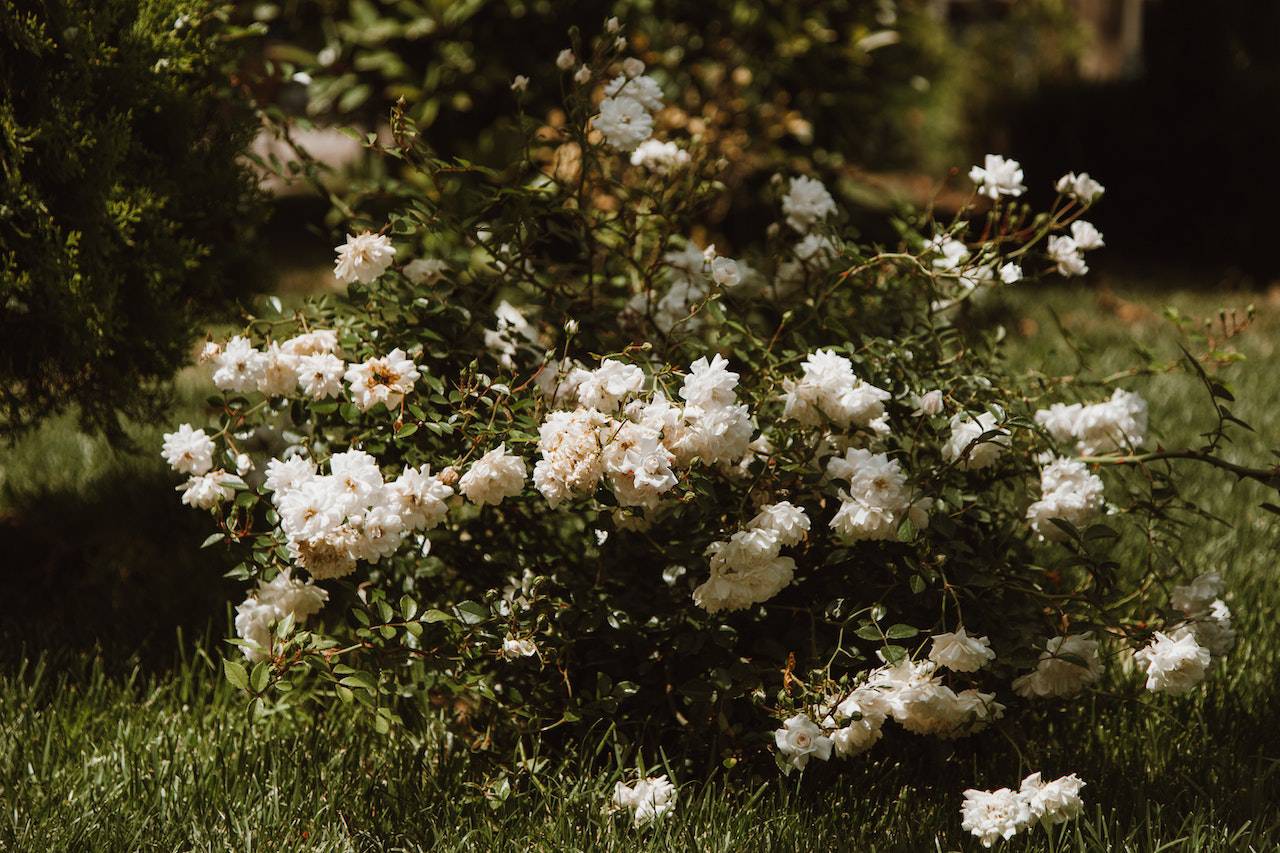Egyptian and Jordanian pilgrims have long been in Tabuk, as a resting place, the capital of the Tabuk area in northwest Saudi Arabia. Souq Twaheen, famous for goat-hair tent covers and selling patterned rugs, is where you may experience its rich cultural heritage. The backdrop of the story of the prophet Moses, who spent ten years living east of the city, and old archaeological sites are two of Tabuk's top draws for tourists.
Tabuk's picturesque coastal towns, such as Sharma and Haql, which mark the beginning of the Saudi Coast, have crystal-clear waters and immaculate beaches. The carved tombs of Maghaer Shuaib in the desert or the Moses Springs in Maqna, where natural springs flow beneath date palms, are two further areas to explore. Or the breathtaking Tayeb Al Ism, a valley of steep granite rocks that is the only thing standing between you and the turquoise-hued Gulf of Aqaba.
The Maghaer Shuaib, with its finely carved façades and tombs constructed into the sandstone rocks, seems to arise out of thin air in the reddish desert west of Tabuk, evoking Hegra at AlUla and Petra in Jordan. After leaving Egypt, Moses spent ten years living here with the support of the prophet Shuaib, who was moved by Moses' valor. He gave Moses his daughter Zipporah's hand in marriage in exchange, which he accepted before leaving for Egypt.
Although there are magnificent fortifications everywhere around Tabuk, this massive castle in the heart of the city may be the oldest. Although some suggest there was a castle here as early as 3500 B.C., it is documented to date from 1559. There is a small museum inside the castle's walls that covers the history of the castle and the larger city, as well as two mosques connected by courtyards, stairwells, and watchtowers.
The wind-sculpted limestone columns of Wadi Al Disah, south of Tabuk, are like a cross between the Monument Valley and the Grand Canyon in the United States. Although the landscape is mostly desert, there are tall grasses, oases of lakes, and palm trees winding through valleys that make for excellent photo opportunities, especially during brilliant sunsets.
 Best time to visit
Best time to visit Language Spoken
Language Spoken Weather
Weather